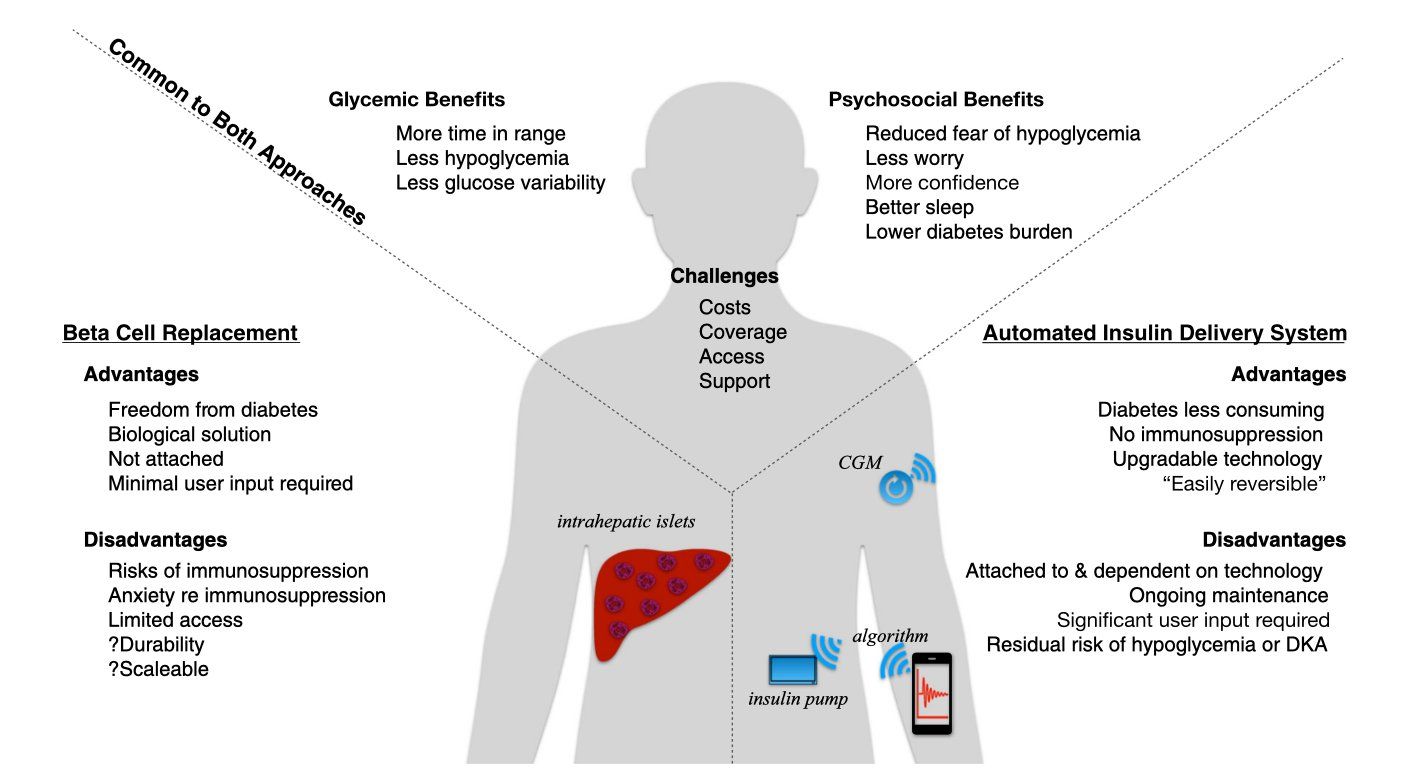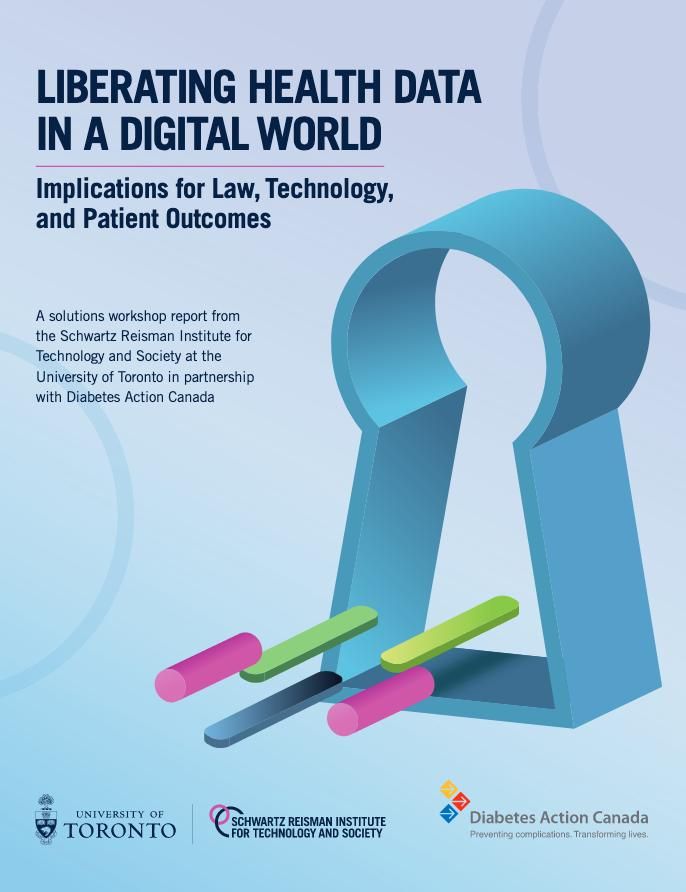 By Krista Lamb
By Krista Lamb
For decades, sex and gender were often missing from the list of things considered during the research process. Unfortunately, this led to some health care interventions that were inappropriate or potentially harmful for some patients.
These days, sex and gender are recognized as important to health research—a development applauded by Diabetes Action Canada—and our research team in this area is looking to ensure that understanding of sex and gender is broadened to include considerations of intersectionality, encompassed by the term sex- and gender-based analysis plus (SGBA+).
The sex and gender research team at Women’s College Hospital in Toronto defines SGBA+ as “the process of integrating sex, gender and other demographic factors – such as race and disability – throughout the research process, from conceptualizing (e.g. research question development) through to completion (e.g. knowledge translation).”
This means that while it is important to look at the distinction, for example, between women and men, there is also a need to look at other factors in their lives and how these affect outcomes in health research.
“I think at the start, it was realizing the importance of looking at differences between women and men,” says Dr. Paula Rochon of this area of research. “We know that there are so many important differences from a sex perspective, in terms of, for example, who is predisposed to getting diabetes. Then there are many gender-related pieces, everything from how it impacts diet or body image, to the design of insulin pumps. Over time, we’ve added on all of the other intersecting factors that are so important. How does socioeconomic status play into it? How does race play into it? What are all these other pieces? It just adds so much more complexity and richness to the work.”
Dr. Robin Mason agrees. “All these elements contribute to identity, making each person’s experience in developing diabetes, learning to live with diabetes, self-management and the overall impacts of diabetes, somewhat unique,” she explains.
In other words, we can say that a woman may be more or less likely to develop diabetes based solely on the genetic variations that stem from her sex. However, there are many other variables in her life that may also play into that risk—where she lives, her race, her socioeconomic status, what she does for a living, what resources she has access to and so on—and these too must be considered in a research study in order to get a full understanding of the results.
This leads into the concept of intersectionality, which is another major tenant of this work.
“Intersectionality is a framework to understand how different demographic factors, like sex, age, race, religion and education, intersect to determine health outcomes. As such, it’s important to apply an intersectionality lens throughout the research process from the onset of the project until completion to ensure all identity factors are accounted for,” explains Jaimie Roebuck.
Looking at sex and gender exclusively, explains Mason, helped the team at Women’s College Hospital recognize the limitations of these elements when considered on their own. They also needed to look at intersecting identity-related factors. “We recognized that we needed to do some further work in developing our understanding of how these key identity-related factors intersect with sex and gender to create individualized experience.”
To further this goal, the team has developed an article that explains the concepts of SGBT+ and intersectionality, and they are working on a number of training modules that they will roll out for Diabetes Action Canada researchers over the next few months.
For Dr. Rochon, working with the Diabetes Action Canada Network is helping to build understanding of these concepts into research in order to better serve those living with diabetes. “Through our group, we’re helping to increase capacity and advance the future of diabetes research in Canada,” she says. “If all researchers start applying an intersectionality lens to their work, we can create a body of evidence that people can use to help really improve the way we care for those with diabetes.”
Learn more about our Sex and Gender research program.
















